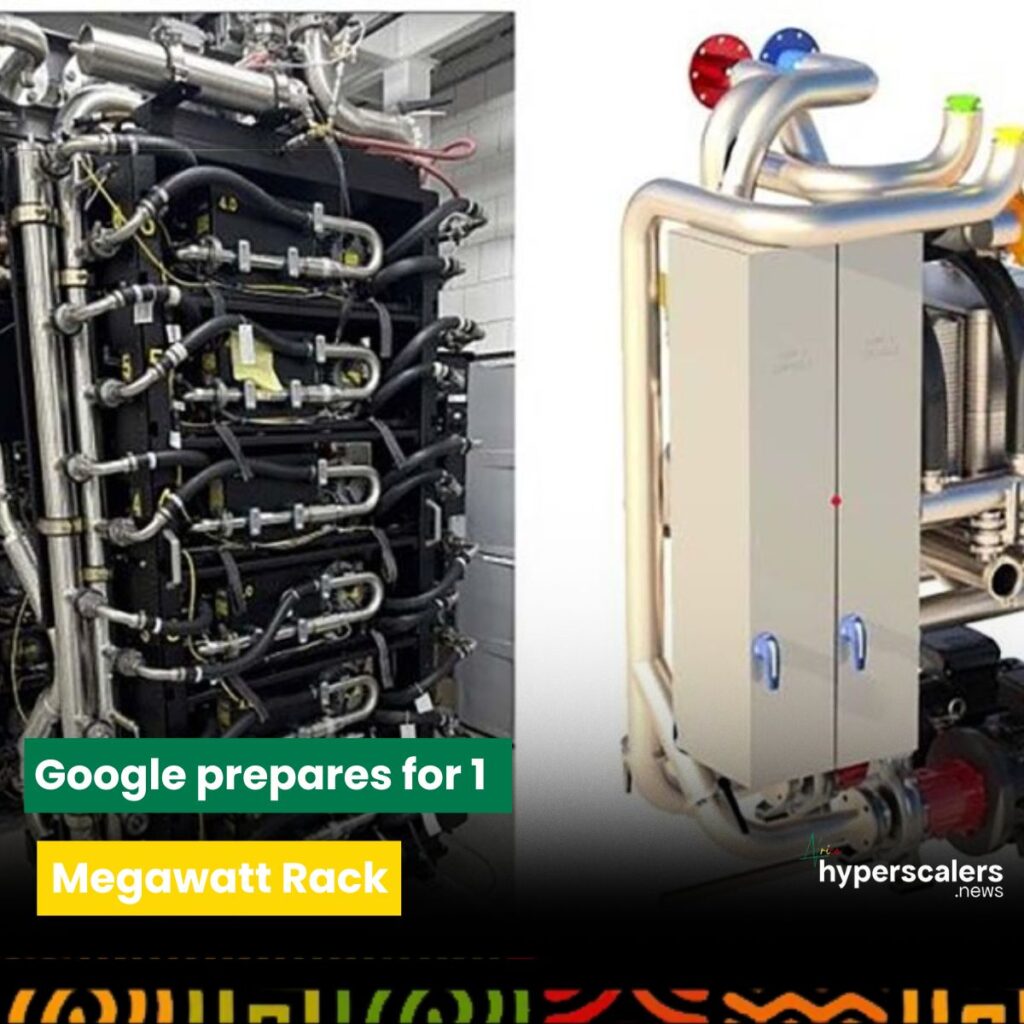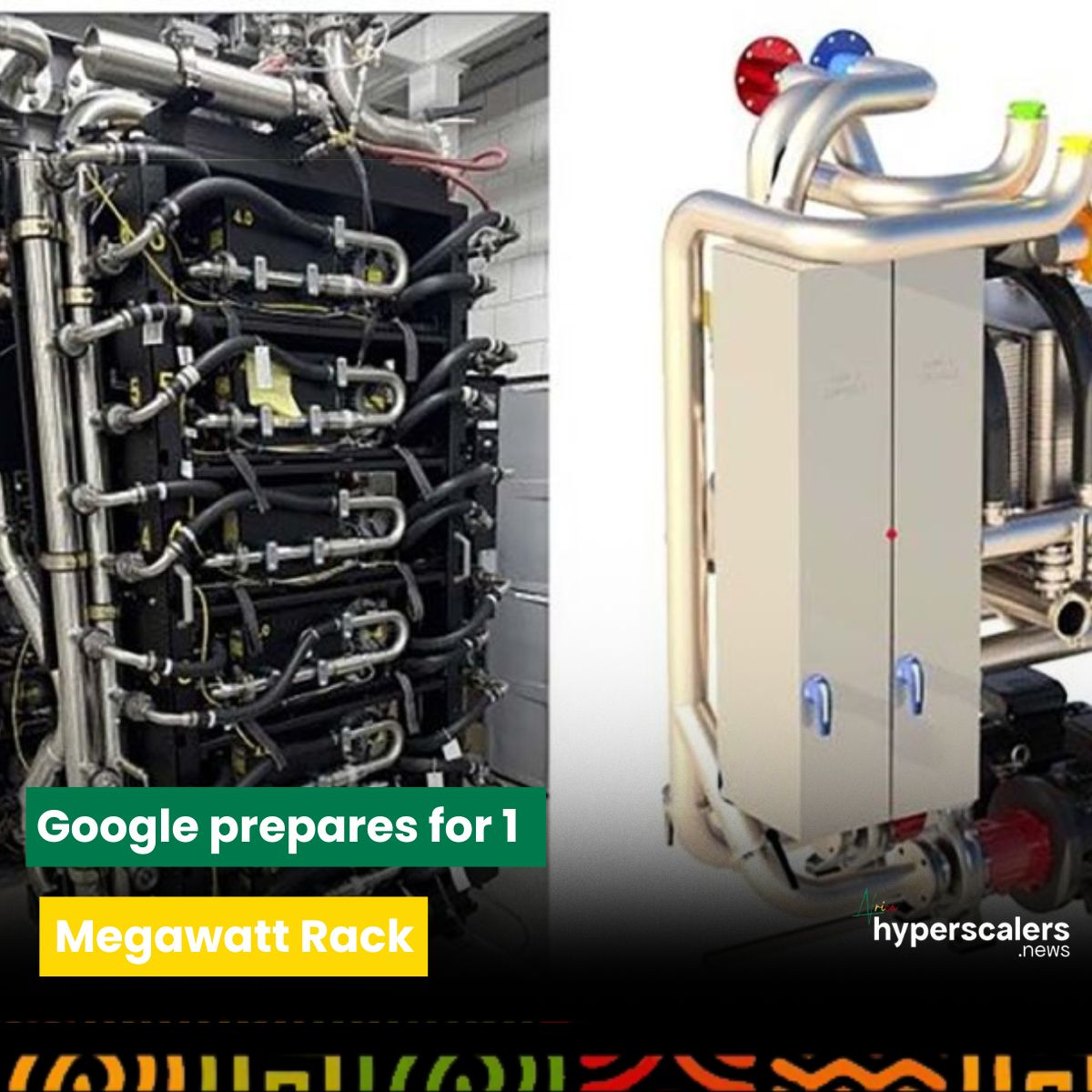Search giant unveils next-gen power and cooling designs to meet AI’s hunger for dense compute
At the Open Compute Project EMEA Summit in Dublin last week, Google revealed a blueprint for what may become the data center standard of the AI era: the 1-megawatt rack.
The company outlined two major innovations – an overhaul of its power distribution architecture and a next-gen liquid cooling system – that together enable racks to scale from today’s 100 kilowatts to a staggering 1 megawatt. Central to this vision is a shift from traditional 48V DC systems to a new +/-400V DC standard, allowing Google to tap into the same supply chains and economies of scale that support electric vehicles. “Selecting 400V DC as the nominal voltage allows us to leverage the supply chain established by EVs,” Google said, highlighting improved efficiency and scalability.

According to Google, the AI era demands significantly greater power delivery for two key reasons. First, machine learning workloads are projected to exceed 500 kilowatts per IT rack before the end of the decade. Second, rising compute density means every millimeter of rack space is packed with tightly interconnected “xPUs” – a mix of GPUs, TPUs, and CPUs – leaving no room for traditional power components. This shift necessitates higher-voltage DC power systems with disaggregated infrastructure, moving power conversion and battery backup outside the IT rack. To further push the boundaries of rack density, Google also introduced Project Deschutes, a liquid cooling system designed for extreme AI workloads. Featuring in-row coolant distribution units (CDUs) with redundant components and uninterruptible power supplies, Deschutes isolates the server rack’s liquid loop from the broader facility system, ensuring high-performance thermal management for power-hungry xPUs.
The first implementation includes a modular sidecar that separates AC-to-DC power conversion from the IT rack itself, freeing up space and reducing thermal load. Google is also exploring direct delivery of high-voltage DC to racks – an approach that could redefine how future data centers are built.
The move signals how hyperscalers like Google are redesigning physical infrastructure to keep pace with exponential growth in AI compute demands.





